ven centuries ago, the people of Beijing were willing to help those less fortunate, and throughout the city’s recent history, there have been many institutions providing aid to the poor, the sick, and the displaced.
In the years following the Manchu conquest of Beijing in 1644, poorhouses known as (养济院 yangjiyuan) were opened throughout the city to assist those who had lost their homes or were the victims of natural disasters. The Manchu imperial family donated lavish sums to the poorhouses, including 80,000 ounces of silver from the Empress Dowager Xiaozhuang, during the great floods of 1653-1654. Not to be outdone, her grandson, the Kangxi Emperor gave over 100,000 ounces of silver during another devastating flood season in 1679.
The imperial government also operated soup kitchens (粥厂 zhouchang), which dispensed porridge and ran mostly in the winter months when there was little work, and food prices rose as the ground froze. Often based on the grounds of local temples, the gates to the kitchens would open at meal times and the needy and hungry would rush inside as the monks and staff ladled out bowls of thin rice gruel cooked in massive iron vats.
Other institutions looked after the aged and alone, a particularly vulnerable population in a society where most people relied on their adult children for support once they had grown too old to work. Many of these endeavors were organized – or at least partially funded – by the state. The imperial court often showed a reflexive aversion to charities run entirely by private individuals or institutions. They were concerned that groups providing services which should be, in a perfect society at least, the responsibility of the state had the potential to create alternative centers of power.

